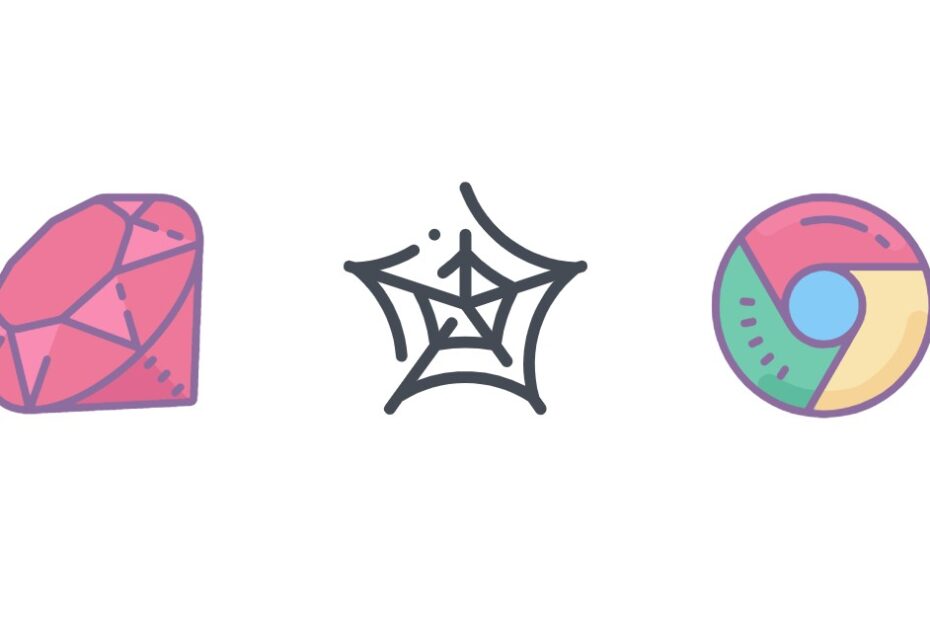Web scraping, the automated extraction of data from websites, has become an increasingly important tool for businesses, researchers, and developers alike. According to a recent study by Deloitte, the market for web scraping services is expected to grow from $5.6 billion in 2022 to over $10 billion by 2027, reflecting the growing demand for web data across industries.
As a versatile, high-performance programming language, C# is an excellent choice for building web scrapers. Its extensive ecosystem of libraries and tools, combined with the robustness of the .NET platform, make it well-suited for scraping at scale. In this comprehensive guide, we‘ll dive deep into the art and science of web scraping with C#.
The Ethics and Legality of Web Scraping
Before we get into the technical details, it‘s important to consider the ethical and legal implications of web scraping. While scraping publicly available data is generally legal in the US, other countries have more restrictive laws. It‘s crucial to respect website terms of service, robots.txt directives, and intellectual property rights.
Some key guidelines:
- Don‘t scrape copyrighted content or personal information
- Limit request rates to avoid overloading servers
- Identify your scraper with a descriptive user agent string
- Comply with GDPR and CCPA when scraping personal data in Europe/California
Scraping ethically not only keeps you out of legal trouble but also helps preserve a positive ecosystem for everyone. For a deeper dive into the legal aspects of web scraping, check out this informative paper from SSRN.
Architecting a Robust C# Web Scraper
A well-designed web scraper should be modular, extensible, and able to handle a variety of websites and edge cases. Here‘s a high-level architecture I recommend:
- Crawler: Responsible for discovering and managing the queue of URLs to scrape
- Downloader: Fetches page content (HTML, JSON, etc.) while handling proxies, retries, and throttling
- Extractor: Parses the raw content and extracts structured data using CSS/XPath selectors or JSON paths
- Storage: Saves the extracted data to a database, file (CSV, JSON), or passes it to another system for further processing
By decoupling these concerns, you can modify or swap out components as needed. For example, you might start with a simple FileDownloader using HttpClient, then switch to a more advanced SeleniumDownloader for JavaScript-heavy sites.
Here‘s an example of what the core Extractor class might look like, using HTML Agility Pack and XPath:
public class HapExtractor : IExtractor
{
public List<Dictionary<string, string>> Extract(string html, Dictionary<string, string> queries)
{
var doc = new HtmlDocument();
doc.LoadHtml(html);
var results = new List<Dictionary<string, string>>();
foreach (var entry in queries)
{
var key = entry.Key;
var xpath = entry.Value;
var nodes = doc.DocumentNode.SelectNodes(xpath);
if (nodes != null)
{
var values = nodes.Select(n => n.InnerText.Trim()).ToList();
results.Add(new Dictionary<string, string> { { key, string.Join(", ", values) } });
}
}
return results;
}
}Performance Optimizations
When scraping at scale, performance becomes critical to minimize resource usage and maximize throughput. Some key optimizations:
- Use async/await and multiple HttpClient instances to parallelize downloads
- Employ a distributed queue system like RabbitMQ or Kafka to coordinate multiple scraper instances
- Leverage caching to avoid re-downloading unchanged pages
- Extract only the necessary data to minimize I/O and storage costs
- Use a headless browser like Puppeteer Sharp only when absolutely needed, as it‘s slower than a pure HTTP approach
According to benchmarks by ScrapingBee, a well-tuned C# scraper can achieve speeds of over 1,000 pages per minute on a single server, making it viable for large-scale scraping workloads.
Dealing with Anti-Scraping Measures
As web scraping has become more common, many websites have implemented measures to detect and block scrapers. These range from simple rate limiting to more sophisticated techniques like browser fingerprinting and honeypot links. To fly under the radar, consider the following countermeasures:
- Rotate IP addresses using a proxy service like Bright Data or Scraper API
- Use a headless browser to simulate human-like behavior such as scrolling and clicking
- Introduce random delays and request patterns to avoid appearing bot-like
- Solve CAPTCHAs using a service like 2captcha or Death by Captcha
- Monitor for signs of blocking (e.g. 403 errors, CAPTCHAs) and adapt as needed
For an in-depth look at anti-scraping techniques and mitigations, I highly recommend reading "Detection of Web Scraping" by Javier Murillo from UC Berkeley.
The Future of Web Scraping: AI and APIs
As websites become increasingly complex and hard to scrape, some companies are turning to alternative approaches powered by artificial intelligence. Diffbot, for example, offers an AI-powered web scraping API that automatically extracts clean, structured data from any URL.
Other sites provide official APIs as a more stable and scalable alternative to scraping. For example, the Twitter API allows developers to retrieve tweets, user profiles, and other data in a structured JSON format. While APIs are often rate-limited and may not provide all the data you need, they‘re worth considering as a complement or alternative to web scraping.
Conclusion
Web scraping with C# is a powerful technique for extracting valuable data from websites at scale. By leveraging the rich ecosystem of .NET libraries and following best practices around performance, reliability, and anti-detection, you can build scrapers that deliver insights for your business or research.
However, web scraping is not without its challenges and ethical considerations. As scrapers become more advanced, so do the countermeasures used by websites to block them. It‘s crucial to stay up-to-date with the latest techniques and to always scrape responsibly and legally.
Looking forward, I believe we‘ll see a continued arms race between scrapers and website operators, with AI and machine learning playing an increasingly important role on both sides. At the same time, the growth of official APIs and alternative data sources may reduce the need for scraping in some cases.
Regardless of how the landscape evolves, the principles and techniques covered in this guide will remain valuable for anyone looking to harness the power of web data using C#. Happy scraping!
